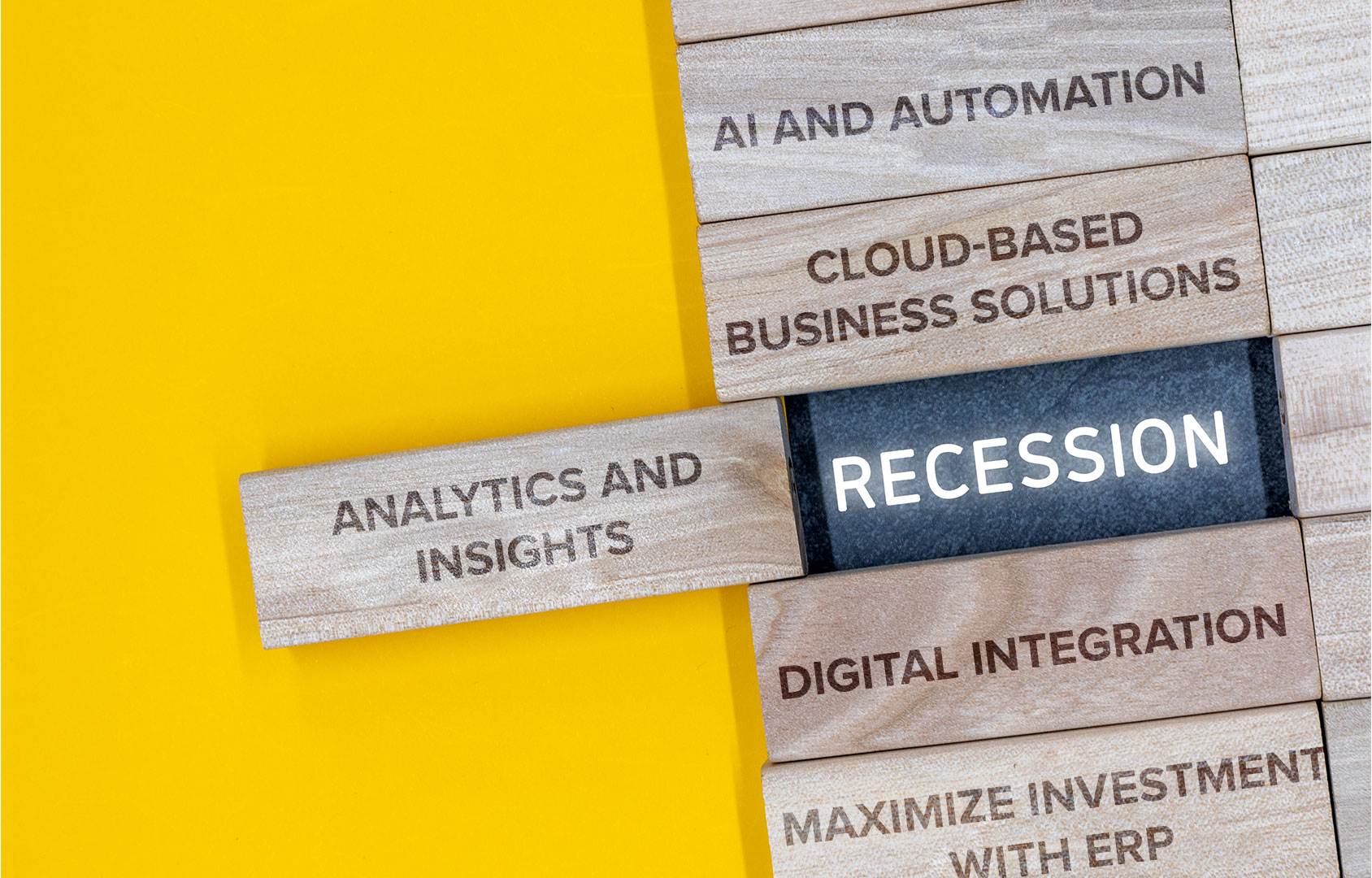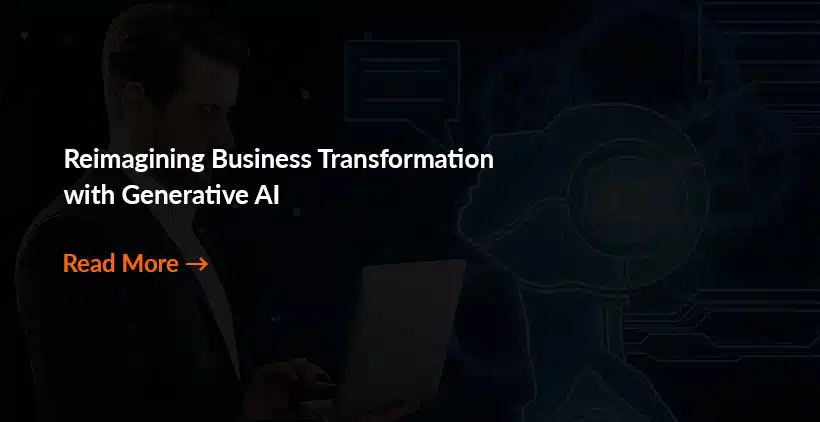
AI and Automation
Artificial intelligence and automation are two of the most important technological innovations of our time. They will change the world in ways we can’t even imagine yet, and they are already having an impact on how we live and work today. They can assist you in reducing costs, increasing efficiency, and improving the customer experience.
Here are three ways AI and Automation are changing the world:
- Automation is making it easier for people to do their jobs, incentivizing creativity.
- AI is helping us make better decisions because machines are inherently better at shifting through large amounts of information and rationalizing than humans.
- AI is on the path towards replacing human labor, but not in its entirety.
Many businesses have already started to adopt AI in their daily operations. For example, many restaurants have started using chatbots on their websites and apps to answer basic questions about food choices or restaurant location. Chatbots are also used in call centers to answer basic questions about products and services.
In fact, according to a recent study by the McKinsey Global Institute, AI could add up to $16 trillion annually to global GDP by 2030!

Cloud-Based Business Solutions
Cloud-based business solutions can be used to reduce costs, increase efficiency, and increase productivity. Cloud computing allows companies to avoid the expense of software and hardware upgrades. Companies are able to save money on infrastructure as well as on labor costs associated with supporting in-house servers or data centers.
Cloud-based solutions offer greater flexibility and scalability than traditional technology systems. Cloud-based applications can be accessed from anywhere at any time by employees and clients alike. This allows businesses to access information more quickly when responding to customer inquiries or processing orders while away from their office location, such as while traveling on vacation abroad or working remotely with home offices set up in different parts of the country or world.
Cloud-based applications are easier to maintain than traditional software systems. Companies can simply pay a monthly fee to their provider to access the application and do not have to worry about upgrading software or hardware.

Analytics and Insights
Analytics is a key part of the digital transformation strategy. With analytics, we have the power to understand the data in new ways and make better business decisions. It helps us make more informed decisions by providing insights into customer behavior, understanding trends and patterns, and predicting future outcomes based on these insights.
Analytics and insights are the backbone of business intelligence. Without them, you can’t fully understand how your company is performing or what needs to be improved. They’re also a great way to measure the effectiveness of your digital marketing strategies.
With better knowledge about your customers and their needs, you can tailor your marketing efforts with greater precision than ever before and direct them at exactly the right people.
Analytics gives you this information so that you can create content people want, build products they want, deliver services they need, price things appropriately, automate processes so they run smoothly, monitor performance continuously to keep customers happy; predict problems before they occur (and solve them quickly), and innovate rapidly without sacrificing quality or efficiency.

Digital Integration
Digital integration helps organizations connect systems, applications, data, and users, and it enables seamless integrations between cloud-based apps and IoT devices that are faster, easier, and less expensive than traditional IT approaches. Organizations are taking a digital-first approach to enabling and connecting data across different systems to improve the customer experience and accelerate digital transformation.
According to Gartner:
- Through 2024, manual data integration tasks will be reduced by up to 50% through the adoption of data fabric design patterns that support augmented data integration.
- By 2024, AI-enabled augmented data management and integration will reduce the need for IT specialists by up to 30%.
Digital integration improves the organization’s ability to make decisions, be productive, be efficient, and work together. This lets customers have better online, in-app, and other digital experiences while driving revenue growth.

Maximize Investment with ERP
An ERP system is a sophisticated package of software that automates the flow of information and transactions between multiple business functions. An integrated ERP system helps to expand into new markets and geographies, products and services, channels, and business models. For example, if a company is in the manufacturing sector and sells custom-made products to niche markets where margins are high, implementing ERP helps streamline the customer purchasing process and reduce costs.
Customers will be able to use their time productively to carry out tasks that are essential for a company to expand and generate more revenue. The ERP system has the power to improve business processes for your organization, making them simpler for all parties involved (from sales to accounting) and easier for anybody inside or outside the organization who has access to information on how something operates or was handled. An integrated ERP system will also help ensure compliance with international laws related to trade regulations for both parties involved in the transaction.






